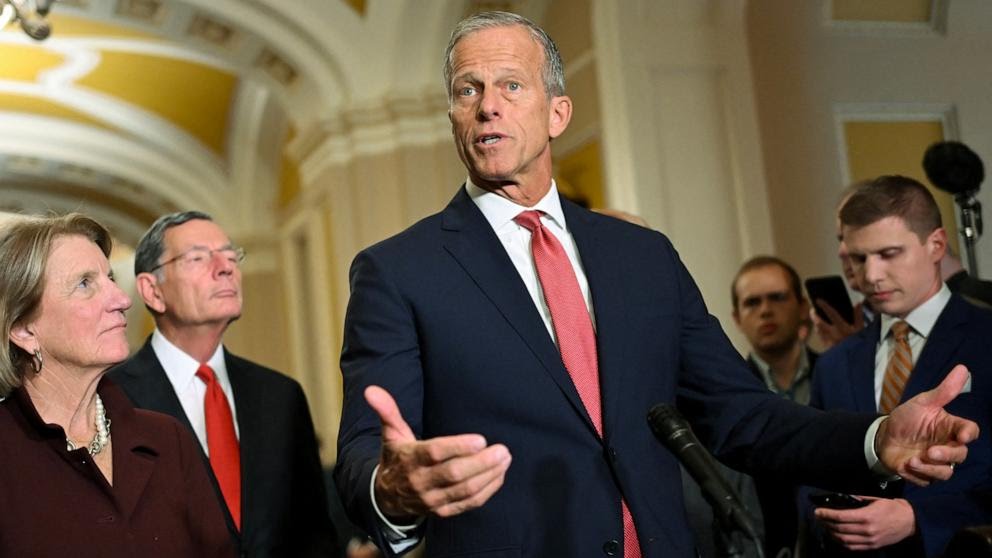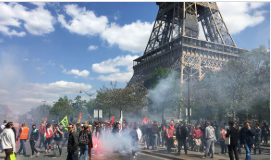Portland is currently at the center of a national confrontation between local and federal power, as protests outside the city’s immigration and customs enforcement facility collide with a presidential order to deploy National Guard troops. What began months ago as demonstrations and again as deportations has turned into a legal and political battle that could redefine how the federal government uses military force within the US.
Since June, protesters have gathered outside the ICE field office on South Macadam Avenue, calling for its closure and denouncing it. Many of the demonstrations have been peaceful, but police reports note repeated confrontations between protesters and several agents, such as the use of tear gas. According to KATU news, agents have deployed non-lethal rounds on several occasions and have arrested multiple demonstrators.
City officials, meanwhile, have been investigating the ICE site itself. PBDS recently cited the agency for violating laws by allegedly detailing immigrants at night, despite the permit it holds prohibiting that ability. An Associated Press report states the facility “exceeded its allowable detention time limit at least 25 times.” Portland Mayor Ted Wheeler called the citation a small but meaningful assertion of Portland’s rights against the federal government.
The issue escalated dramatically in late September when President Trump announced plans to deploy National Guard troops to Portland, claiming the city had become war-ravaged and needed “federal force, if necessary, to protect our officers.” The order sought to federalize 200 Oregon National Guard members, along with additional troops from other states. Legal experts quickly argued against the move, arguing that the president’s justification was weak.
Governor Tina Kotek condemned the plan, insisting Oregon’s National Guard would not be deployed “against its own people.” Her administration, along with the City of Portland, filed suit in federal court, arguing that the president had overstepped his constitutional authority. On October 4, U.S. District Judge Karin Immergut issued a temporary restraining order halting any deployment, ruling that the administration had failed to prove conditions such as rebellion or obstruction of federal law that would justify invoking Title X powers. The next day, she expanded her order to include out-of-state guard units as well. The Trump administration has appealed to the Ninth Circuit, and Judge Immergut extended her restraining order on October 15 for another two weeks.
While the label battle continues, Portland streets have remained a stage for creative forms of protest. On October 12, hundreds of cyclists participated in an emergency edition of the city’s World Naked Bike Ride, pedaling past the ICE building in protest of the proposed troop deployment. Other marches that same week advocated for the revocation of ICE’s facility permit and denounced the “military occupation of public streets.”
For now, no National Guard troops have deployed, and Portland’s protests continue nightly, though on a smaller scale than during the height of other demonstrations. A non-jury trial is scheduled for October 29 to determine whether the President’s order violates state sovereignty and the Posse Comitatus Act, which restricts military involvement in domestic law enforcement. As Reuters noted, “the outcome could define the limits of executive power to deploy the military within the United States.”
For most Portlanders, the issue feels closer to home than constitutional theory. It’s about who controls the streets of their city — and whether the federal government can send troops into them without the states’ consent.








